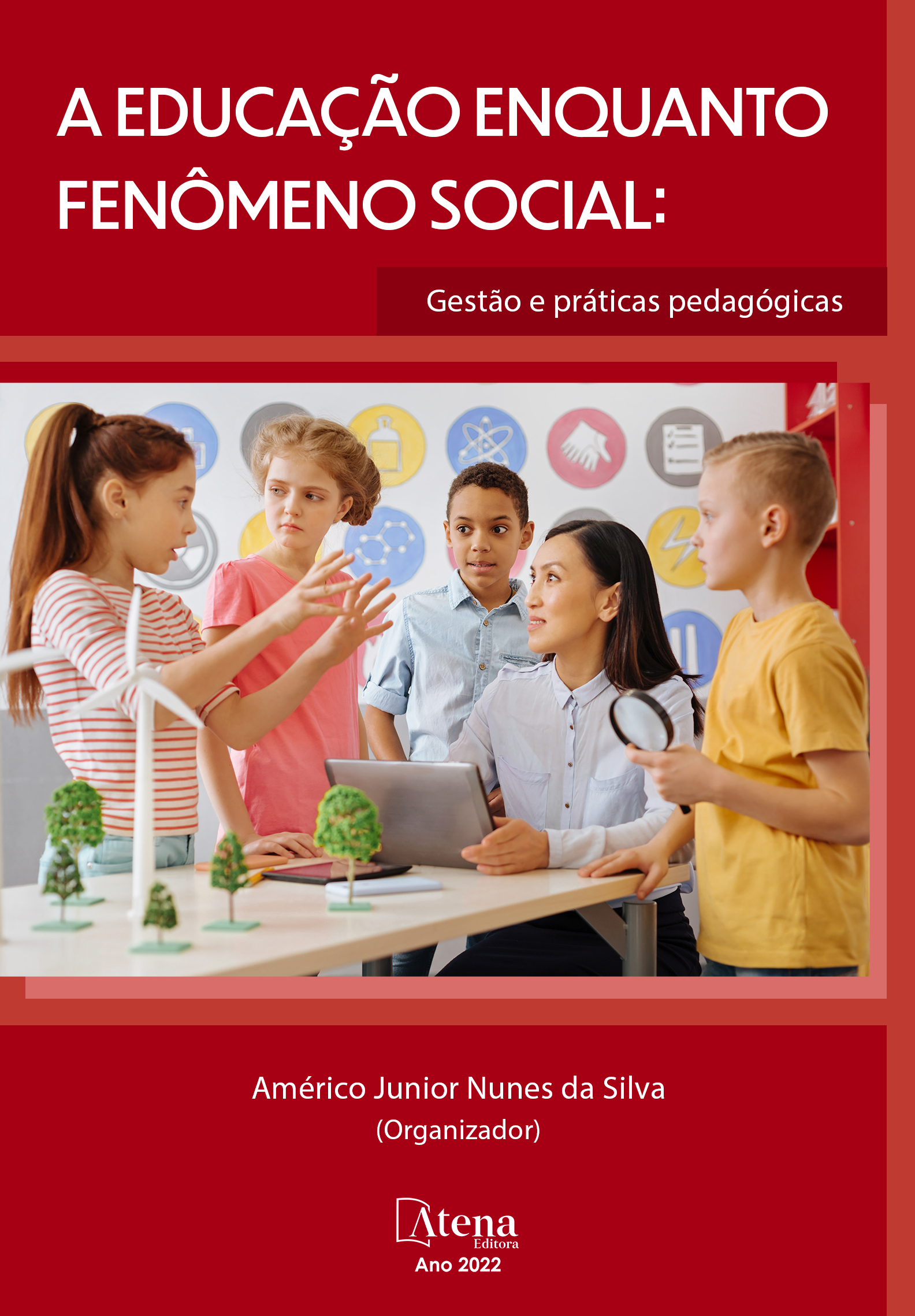
USES AND APPLICATIONS OF VIRTUAL REALITY IN EDUCATION
The adequate preparation of students to face the working world is a very complex task, mainly because of the practical part that is required for this, since the student must not only learn theoretical concepts but also concepts whose learning is reinforced through practice, which for educational institutions is very costly in material terms or risky in human terms, since sometimes they do not have enough laboratories or they do not have the necessary equipment and supplies, This problem also occurs when students are expected to learn from real industrial situations, since the possible demands that a company would face if a student were to have an accident during an industrial visit, together with the high costs and logistics necessary to carry out this activity, make many of the efforts made by university personnel and industrial plant administrators to provide sufficient practical experience within their facilities unsuccessful. To solve this problem, for more than a decade, educational institutions have been using an innovative technology derived from ICT, Virtual Reality, whose applications in the school environment are the focus of this article. This technology allows involving students in a multisensory way, immersing them in a virtual environment created by the computer, where they can experiment, choose, make decisions and initiatives, fail, and try again, as many times as necessary, until they develop the required skills and abilities that allow them to learn how to act and react in real work situations, as well as to react to accidents, fortuitous events or malfunctions.
USES AND APPLICATIONS OF VIRTUAL REALITY IN EDUCATION
-
DOI: 10.22533/at.ed.2172209087
-
Palavras-chave: Student training, Virtual Reality, Education.
-
Keywords: Student training, Virtual Reality, Education.
-
Abstract:
The adequate preparation of students to face the working world is a very complex task, mainly because of the practical part that is required for this, since the student must not only learn theoretical concepts but also concepts whose learning is reinforced through practice, which for educational institutions is very costly in material terms or risky in human terms, since sometimes they do not have enough laboratories or they do not have the necessary equipment and supplies, This problem also occurs when students are expected to learn from real industrial situations, since the possible demands that a company would face if a student were to have an accident during an industrial visit, together with the high costs and logistics necessary to carry out this activity, make many of the efforts made by university personnel and industrial plant administrators to provide sufficient practical experience within their facilities unsuccessful. To solve this problem, for more than a decade, educational institutions have been using an innovative technology derived from ICT, Virtual Reality, whose applications in the school environment are the focus of this article. This technology allows involving students in a multisensory way, immersing them in a virtual environment created by the computer, where they can experiment, choose, make decisions and initiatives, fail, and try again, as many times as necessary, until they develop the required skills and abilities that allow them to learn how to act and react in real work situations, as well as to react to accidents, fortuitous events or malfunctions.
-
Número de páginas: 10
- Elvira Aválalos Villarreal
- Cesar David Ramírez Ortiz
- Jesus Alberto Flores-Cruz


